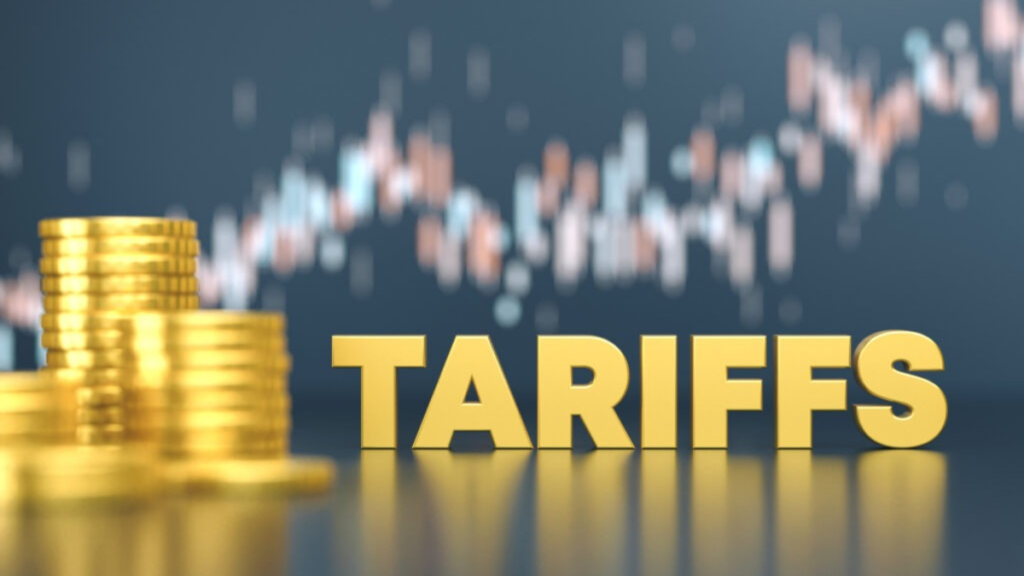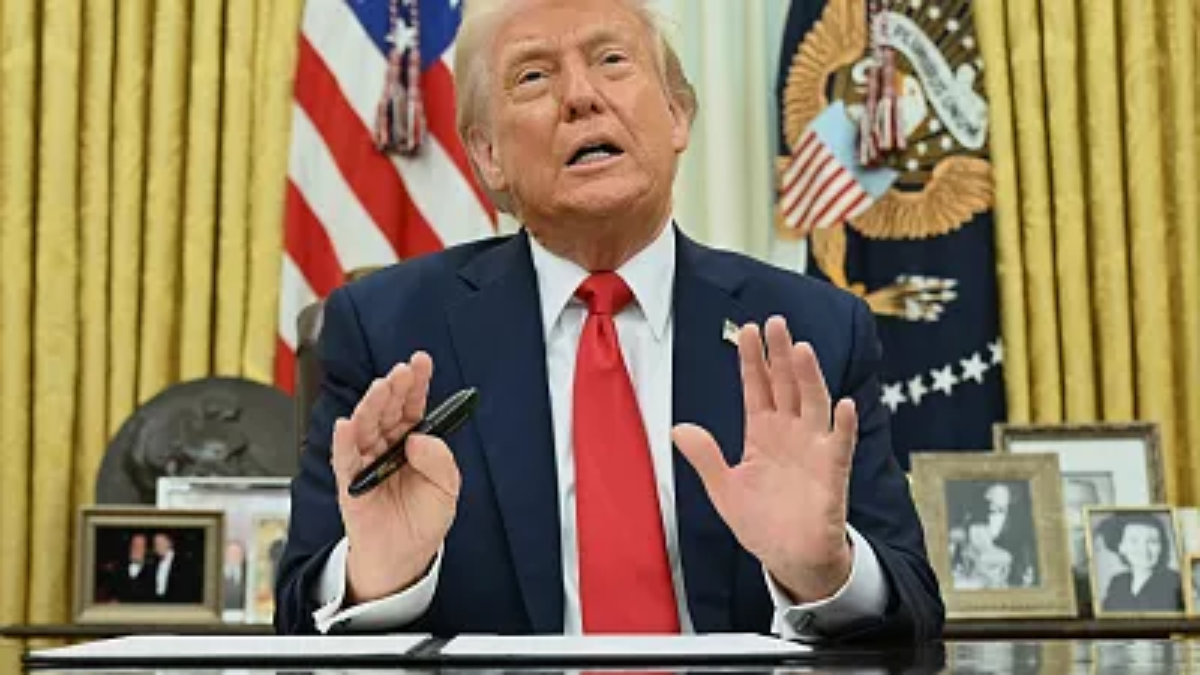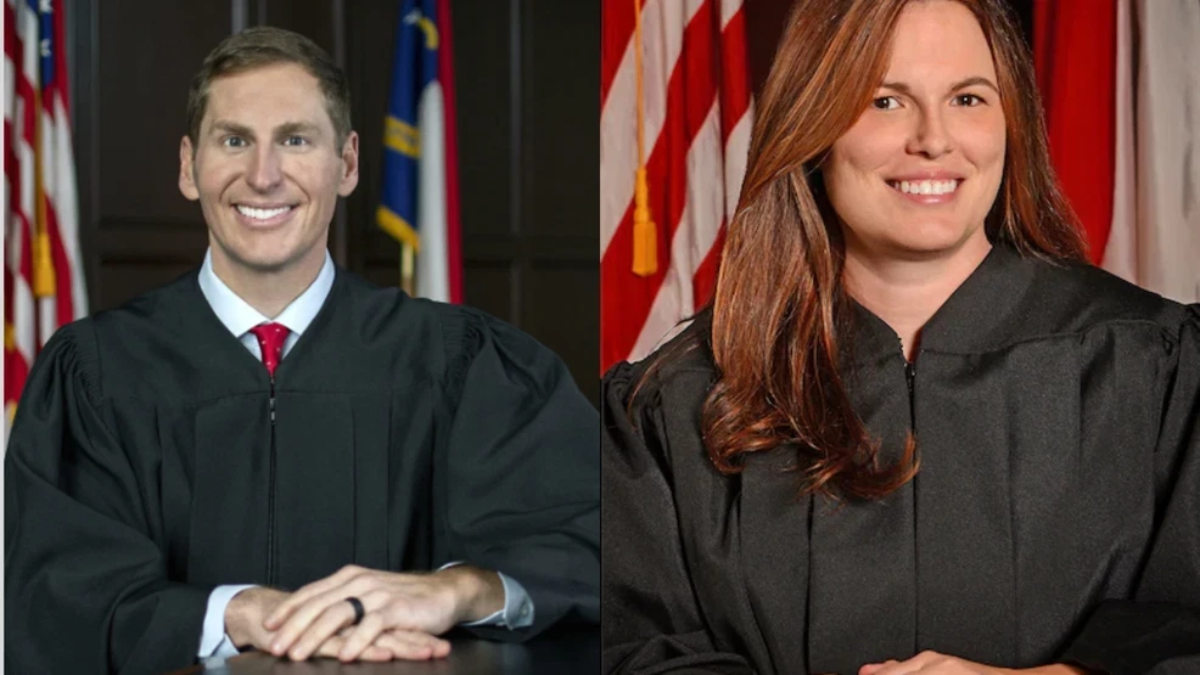Former President Donald Trump has promised “substantially lower taxes” for American families and businesses as part of his 2024 campaign platform, even as he doubles down on a sweeping new tariff plan that has drawn concern from economists and global trading partners.
The dual messaging—cutting taxes while imposing import tariffs—marks a strategic effort to energize his political base with promises of economic growth and America-first trade policies.
Speaking at a rally in Ohio on April 23, 2025, Trump reiterated his commitment to what he calls “the boldest tax reform since the Reagan era,” while defending his proposed universal 10% tariff on all imported goods and a 145% tariff specifically targeting Chinese imports.
“We’re going to lower your taxes more than ever before, and we’re going to make countries that take advantage of us pay up,” Trump said to a crowd of supporters. “No more global freeloading—America comes first.”
Critics Question the Economic Viability of Tariff-Tax Plan
While Trump’s tax-cut promise is popular among conservatives and small businesses, his simultaneous endorsement of sweeping tariffs has triggered skepticism among economists and fiscal policy experts. Critics warn that raising tariffs while cutting taxes could spark inflation, harm middle-income families through higher consumer prices, and widen the federal deficit.
The nonpartisan Committee for a Responsible Federal Budget recently projected that Trump’s proposed tax cuts, if implemented alongside expansive tariffs, could result in a $2 trillion revenue shortfall over ten years. Meanwhile, economists at the Brookings Institution noted that tariffs are often passed onto consumers in the form of higher prices for everyday goods.
Jason Furman, former chair of the Council of Economic Advisers under President Obama, wrote on X, “Tariffs are taxes. Trump is proposing to raise taxes on consumers while cutting them for corporations. This is not sound economics—it’s politics.”
Tariffs Framed as Leverage in Trade and Manufacturing
Trump’s advisors argue that the proposed tariffs serve a dual purpose: protecting American manufacturing and giving the U.S. stronger leverage in international negotiations. The plan, dubbed the “Trump Reciprocal Trade Policy,” would tax imports based on the level of tariffs other countries impose on U.S. goods.
Under this framework, Trump says China would face “economic consequences” for what he describes as years of unfair trade practices, intellectual property theft, and industrial espionage. The former president has stated that the 145% tariff on Chinese goods is a necessary step to rebalance trade and re-shore American production.
“These tariffs will bring jobs back. They’ll rebuild our factories, our supply chains, and our independence,” Trump said during a televised interview with Fox Business.
Supporters of the plan, including several Republican lawmakers and domestic manufacturers, argue that Trump’s approach will revitalize struggling U.S. industries and reduce dependency on foreign supply chains exposed during the COVID-19 pandemic.

Lower Taxes Part of Broader Economic Platform
Trump’s tax proposal builds on the 2017 Tax Cuts and Jobs Act, which slashed corporate tax rates and offered temporary relief to individual taxpayers. For 2025, he is advocating for the extension and expansion of those cuts, with an emphasis on middle-class relief, small business incentives, and eliminating the estate tax.
According to campaign materials, Trump’s tax platform includes:
- Permanently extending individual tax cuts from the 2017 law
- Lowering the corporate tax rate further, from 21% to 15%
- Expanding child tax credits and deductions for working families
- Abolishing the estate tax to “protect family wealth”
- Simplifying the tax code to reduce filing complexity
“You earned it—you keep it,” Trump told supporters in Michigan last week. “The government doesn’t get first dibs on your paycheck anymore.”
While details remain sparse, Trump’s team claims the tax plan will be fully funded through economic growth and revenue generated from tariffs, though experts remain unconvinced this equation will balance.
Political and Electoral Implications
Trump’s economic promises are central to his 2024 campaign messaging as he seeks to retake the White House. His dual-pronged approach—lower taxes and higher tariffs—is designed to appeal to both working-class Americans hit hard by inflation and small business owners wary of big government spending.
However, the policy also risks alienating moderates and fiscal conservatives concerned about the national debt and inflationary pressures. Democratic strategists have already begun attacking the plan as “reckless populism” that could destabilize U.S. trade relationships and lead to higher costs at the grocery store and gas pump.
With the general election approaching, Trump is betting that economic nationalism, backed by tax relief, will once again resonate with voters in key battleground states like Michigan, Wisconsin, and Pennsylvania—states he narrowly lost in 2020.
Conclusion: High Stakes for Economic Strategy
Trump’s promise of “substantially lower taxes” paired with a broad tariff policy marks a bold gamble heading into the 2024 election. While the proposal appeals to his political base and frames him as a defender of the American worker, questions about its economic impact and fiscal sustainability remain at the forefront.
As voters weigh their options, the success or failure of Trump’s economic pitch could define the next chapter of the American economy—and reshape the global trade order in the process.
For a detailed breakdown of Trump’s proposed tariff strategy and tax reform plan, visit the Tax Foundation’s analysis.
Disclaimer – Our team has carefully fact-checked this article to make sure it’s accurate and free from any misinformation. We’re dedicated to keeping our content honest and reliable for our readers.







